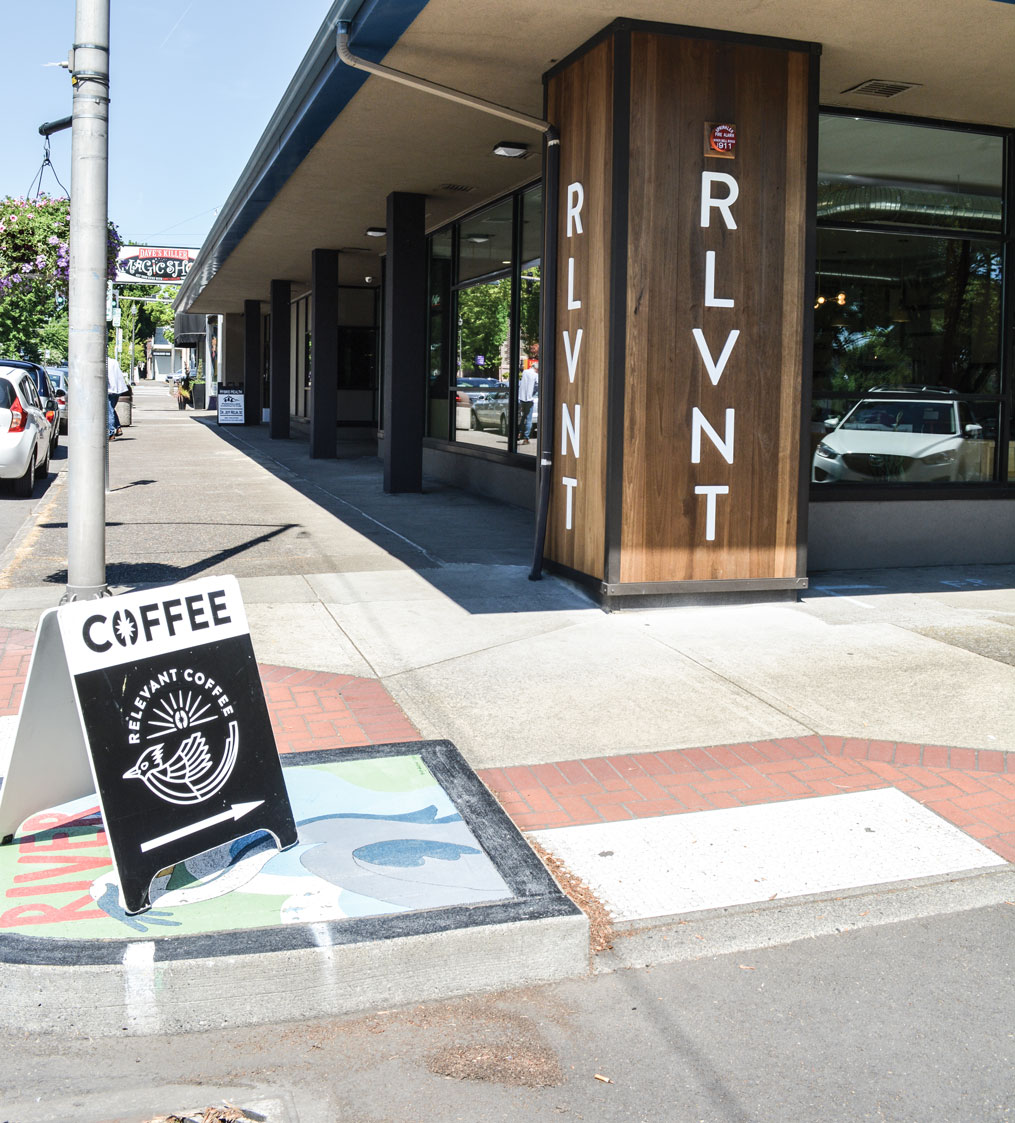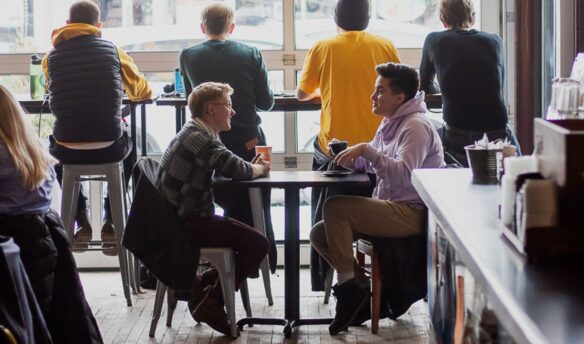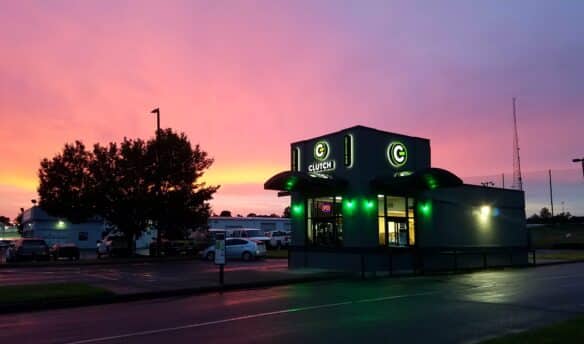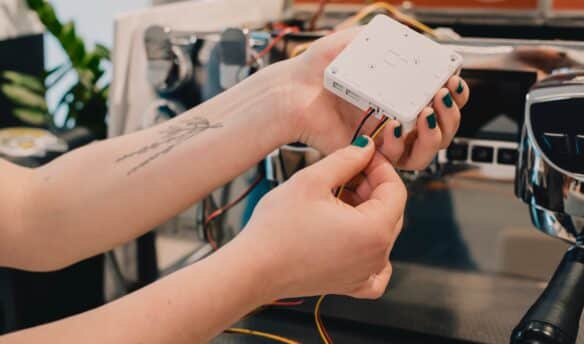This article was originally published on July 2, 2019
As we look to celebrate the 29th anniversary of the Americans with Disabilities Act (ADA) this month, it still amazes me how many businesses are not compliant regarding the accessibility of their establishments.
As a wheelchair user who frequents cafés on trips and in hotels, I find that there are accessibility stumbling blocks to ensure that my experience as a patron is enjoyable and will earn my repeated business. The disabled dollar should never be underestimated or underappreciated; we have the right to feel included and welcomed in your businesses not only by the staff but by accessible design and navigation as well.
Getting In
The first obstacle can be getting into the café itself: steps with no ramp present, steep ramps that may be harmful to roll/walk on, and non-automatic doors that may be too heavy for some to open safely. All of these issues can turn us away without many café owners realizing it. In 2019, it should not be the architecture of the building you are in that prevents us from entering and experiencing your business.
One thing I notice is the use of stools and tables in cafés, which also pose obstacles. Standard tables should be provided abundantly for anyone to use; customers should not feel awkward when they see nothing but stools and high tables in an area. Not everyone can utilize them for a number of reasons, and business owners should evaluate the ratio of standard seating options versus stools and high tables.
Another accessible issue is the one we face when we enter your establishment: high counters for order taking and paying for goods. Not being able to comfortably reach the counter to face an employee, give one’s order, pay, or retrieve goods when your name or number is called, is frustrating. These simple interactions can cause undue stress on disabled patrons and is an easily missed issue that can be fixed.
Not only can the front of the counter be an issue, but behind the counter as well: hard-to-read menus on the wall. Some menus are hard to read if they’re written in light colors, lightly written on the board, or not organized well with cluttered information. Also, very few establishments have menus available in print form for those who may have difficulty viewing; or, if there are printed menus provided, the menus may not be available in braille or large print. All of these can prevent patrons from knowing what to order and the cost of items and from being engaged in the buying process altogether.
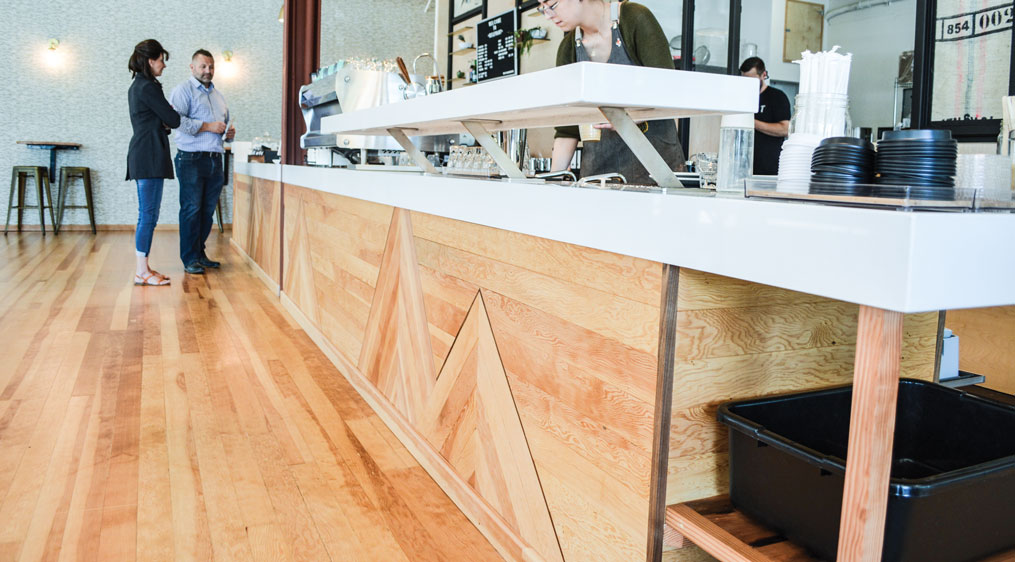
Navigating the Space
Navigating cafés can present a problem if seating and tables are close together, posing a risk for those who use assistive devices to not move around comfortably or safely. From personal experience, nothing grinds my gears more than having to move chairs out of the way or tap people to scoot their seats because the path is too narrow to squeeze by. No one wants to disturb the café experience of others or feel like they are in a maze in the search of a good table.
Let’s not forget restroom facilities, as some establishments may not have adequate stalls for disabled people to utilize (or have staff-only facilities with no public restroom available). Having grab bars does not mean that your stall is automatically accessible. Small stalls where wheelchair users cannot move about freely creates a great dilemma for those who need them. It can mean that someone cannot close the door, cannot fit in the stall with their wheelchair, or that those who have a PCA (personal care assistant) do not have enough room for what is needed to do to relieve oneself. Being able to go to the restroom should not be a barrier, but too often, disabled people find that businesses skimp on this need.
In continuing the discussion of the restroom, soap dispensers that are out of reach prevent disabled people from being able to wash their hands. Making soap dispensers easier to reach is seemingly an easy fix, but is a problem that goes under the radar.
As you are reading this, consider how you can improve your businesses to be more inclusive and accessible. Businesses shy away from accessibility because of the assumed costs while ignoring the fact that they will lose out on more by excluding the largest minority group in the country and world. The disabled dollar and consumerism matters; prioritize it now or lose our business later—the choice is yours.


